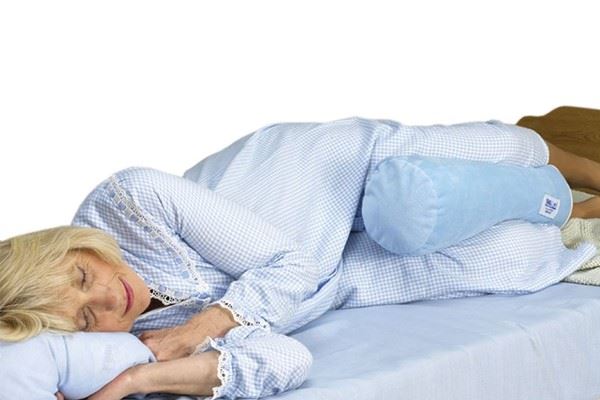-
Home
-
Getting Quality Sleep: Best Position for Heart Patients
Getting Quality Sleep: Best Position for Heart Patients
October 17, 2023
 A good night's sleep is essential for overall health, and for heart patients, it becomes even more crucial. Heart conditions require proper care and attention, including the consideration of sleeping positions to ensure both comfort and heart health. In this article, we will explore the benefits and drawbacks of common sleeping positions for heart patients.
A good night's sleep is essential for overall health, and for heart patients, it becomes even more crucial. Heart conditions require proper care and attention, including the consideration of sleeping positions to ensure both comfort and heart health. In this article, we will explore the benefits and drawbacks of common sleeping positions for heart patients.
The Impact of Sleep on Heart Health
Quality sleep is vital for everyone, but it is especially important for individuals with heart conditions. Poor sleep can contribute to or exacerbate heart problems by increasing stress, raising blood pressure, and promoting inflammation. It is important to find a sleeping position that is comfortable for you as well as beneficial for your heart health to help promote quality sleep.
Left Lateral Position
Sleeping on your left side, also known as the left lateral position, can be beneficial for heart patients as it helps decrease reflux. Gastroesophageal reflux disease (GERD) has been associated with an increased risk of heart problems, including coronary heart disease, so alleviating reflux helps reduce the risk of new or worsening heart conditions.
However, a 2018 study found that sleeping on the left side causes changes in the position of the heart due to the effect of gravity, which can cause changes in the heart’s electrical activity. For people with existing heart problems, these changes may lead to complications or worsening symptoms.
Right Lateral Position
Sleeping on your right side, also known as the right lateral position, offers several potential benefits for patients with heart problems. This position can help maintain the heart's stability and mitigate the risk of adverse changes in heart position, heart rate, and blood pressure.
Additionally, in this position, the heart is further away from the chest wall than it is when in the left lateral position. This helps prevent the heart from being pressed against the chest wall, relieving cardiac strain and leading to a more restful sleep overall.
Supine Position
Sleeping on your back, also known as the supine position, increases the severity of sleep apnea compared to sleeping in a lateral position. Sleep apnea has been linked to increased rates of high blood pressure, stroke, heart failure, and coronary artery disease. As a result, the supine position is not generally recommended for those with heart problems.
Pillows and Positioning Aids
The use of pillows and other positioning aids can further enhance the comfort and safety of sleeping positions for heart patients. Wedges can be used to comfortably elevate the upper body. These supports help keep patients in the proper sleeping position, provide trunk stabilization and side-lying support, and help reduce symptoms of acid reflux and heartburn. Placing a pillow between the knees can also improve comfort when sleeping on your side by keeping your spine, hips, and pelvis in alignment.
Sleeping positions can play a significant role in the quality of rest for heart patients, and the “right” position will be different for different individuals. Overall, the goal is to achieve restful, comfortable sleep that supports heart health and minimizes the risk of sleep-related issues. By working with a healthcare professional to adopt an optimal sleeping position, heart patients can enhance their sleep quality and minimize any potential risks.